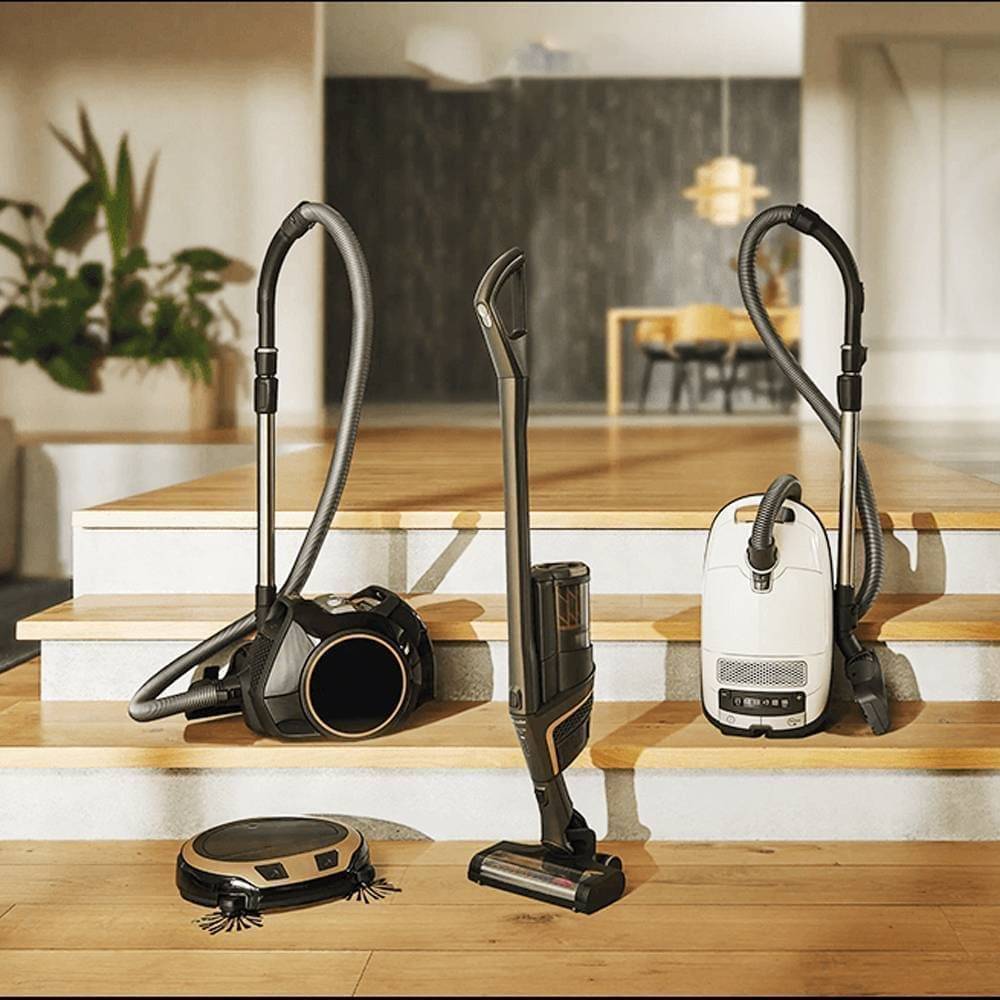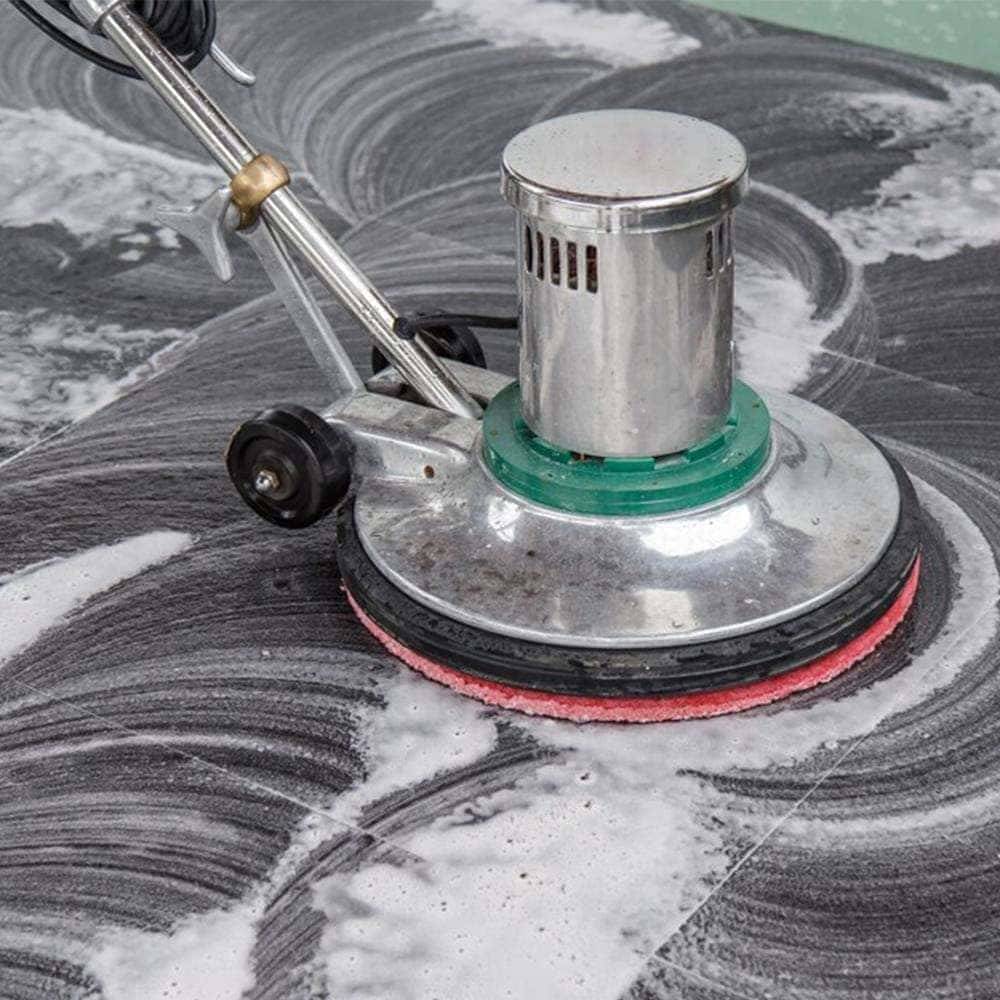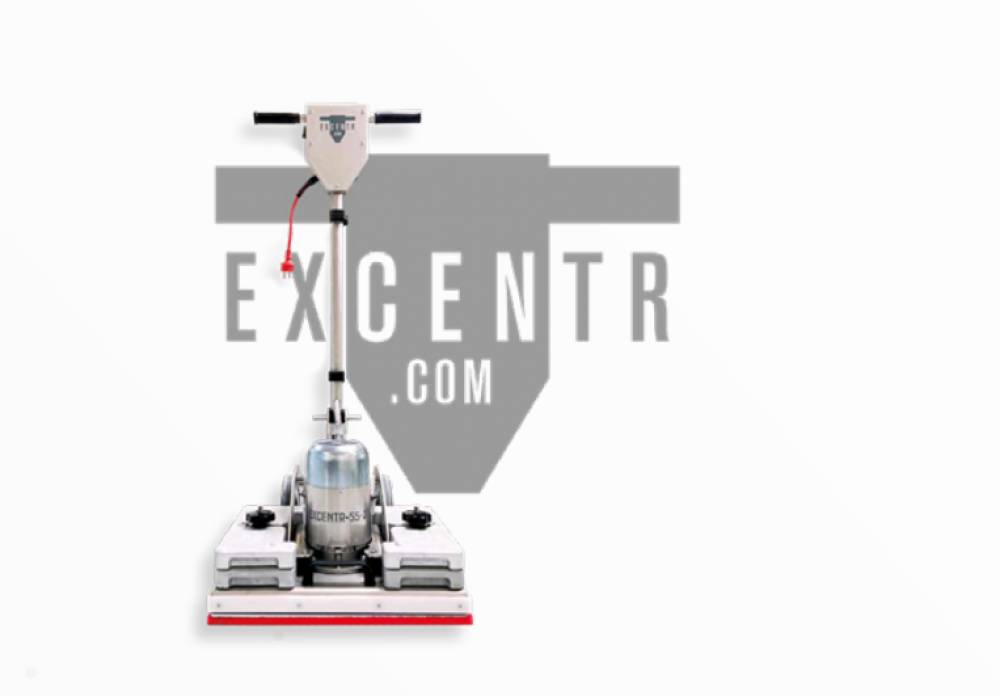
Industrial-grade vacuum cleaners are indispensable tools in the professional cleaning sector. They are engineered with enhanced motor power, improved dust-holding capacity, and potent suction or vacuuming power, making them perfect for a wide range of cleaning tasks. However, when it comes to the best vacuum cleaners for homes, it's essential that they balance robust performance with user-friendly attributes, such as easy manoeuvrability and energy efficiency. Despite the myriad options available, the key is to pinpoint a model that suits your cleaning requirements and the environment in which the vacuum will be used. Let us help you choose the right vacuum cleaner for your needs.
Choosing the perfect vacuum cleaner for your cleaning business is essential for efficient and effective cleaning. This guide will help you navigate the options.
How Do I Choose a Wet and Dry Vacuum Cleaner?
Before we get into the technical side of choosing wet and dry vacuums, let's first think about what you really need from your cleaner.
-
The first step is to think about where and how you're going to use the vacuum cleaner. Are you cleaning office spaces, retail stores, industrial floors, or perhaps a combination of these environments? Will the vacuum be used indoors or outdoors, and will it need to manoeuvre around tight corners or narrow spaces?
-
Next, consider the types and dimensions of the environments you'll be cleaning. Is your cleaning area vast or compact, and are there obstacles, like furniture or equipment, that the vacuum needs to navigate around?
-
Think about the type and amount of material you'll be collecting. Are you primarily dealing with dust, liquids, heavy debris, or a mix of these? How frequently will you need to empty the collection tank or replace the collection bag?
-
Lastly, assess the frequency of use. Will the vacuum be used daily, weekly, or less frequently? Is it for regular maintenance or deep cleaning sessions?
After evaluating these factors, you'll be better equipped to choose between a wet and dry vacuum cleaner. If your cleaning needs encompass both liquid spills and dry debris, a wet and dry vacuum offers the versatility you require. On the other hand, if your tasks are primarily focused on either wet or dry materials, a specialised vacuum may be more efficient for your circumstances.
What to Consider When Assessing Technical Features
Once you've defined your needs, it's time to look into the technical features to find a wet and dry vacuum cleaner that best suits those needs.
-
Start by considering the overall dimensions and weight of the vacuum in relation to your cleaning space and your staff's capacity to handle it efficiently.
-
Next, evaluate the motor power and the number of motors. Ensure that the motor power, expressed in Watts or kW, matches the application and material you'll be vacuuming (heavy-duty materials will require higher or stronger motor power). You'll also need to decide between 1-stage and 2-stage motors based on whether you require greater airflow or vacuum power.
-
Check how strong the vacuum is by looking at two things: water lift, which tells you how good it is at sucking up liquids and heavy stuff; and airflow, which shows how well it picks up lighter things like dust.
-
Consider the noise level, expressed in dB(A), especially if your cleaning environment is noise-sensitive. A quieter vacuum may be necessary for office spaces.
-
Examine the design and structure of the vacuum. Evaluate the weight and dimensions, taking into account the mobility required for your specific environment. Ensure that the power supply cable length meets your needs, and consider the handling system, such as the type of trolley and wheels, especially for outdoor applications.
-
Get to know the vacuum's filters, which come in different types and go in various spots. Some filters are better for certain jobs, like HEPA filters if you need really clean air. Make sure you change or clean these filters regularly so your vacuum keeps working well.
-
Lastly, check the variety and type of accessories that come with the vacuum. These may include flat lances for narrow spaces, round brushes for delicate surfaces, double-use/universal brushes, and wet brushes/squeegees for liquid pick-up.
Choosing the right vacuum can be a challenge in a market flooded with options catering to a variety of applications, performance levels, and technical specifications. To ensure that you make the right decision, consult with professionals who can assist you from the initial consultation through the purchase process and beyond. A customised solution that aligns with your cleaning company's specific needs and goals will enhance efficiency and contribute to a cleaner and healthier environment.






